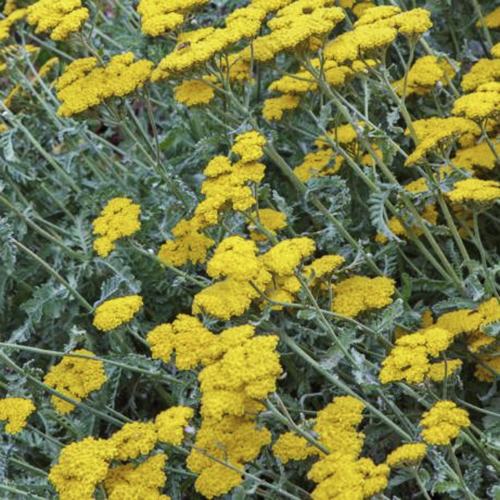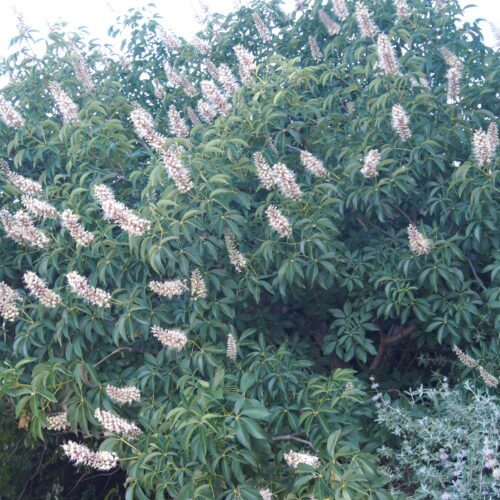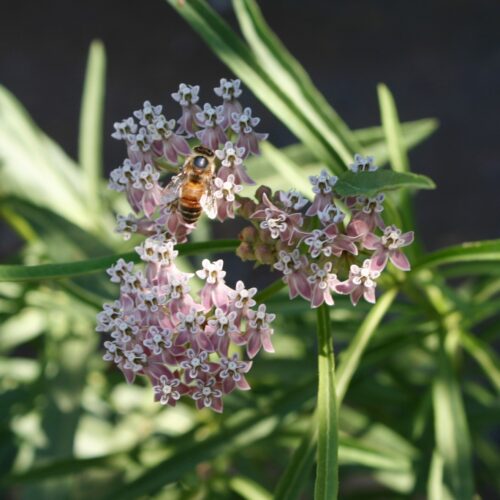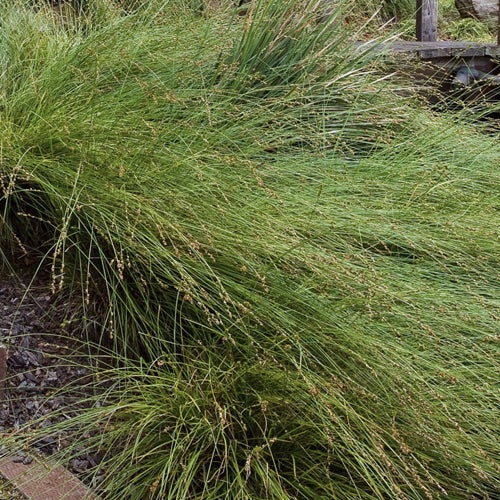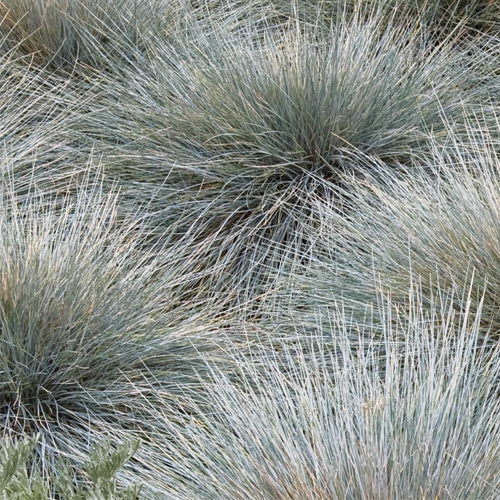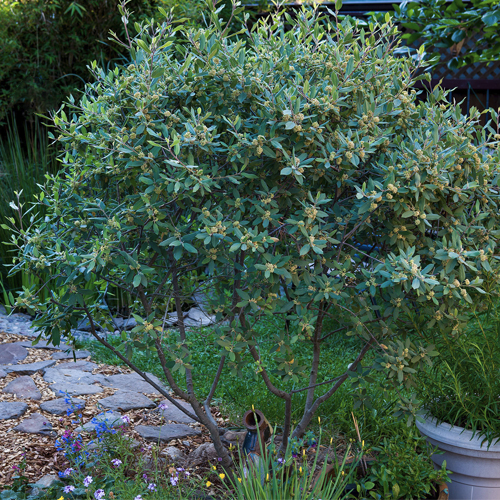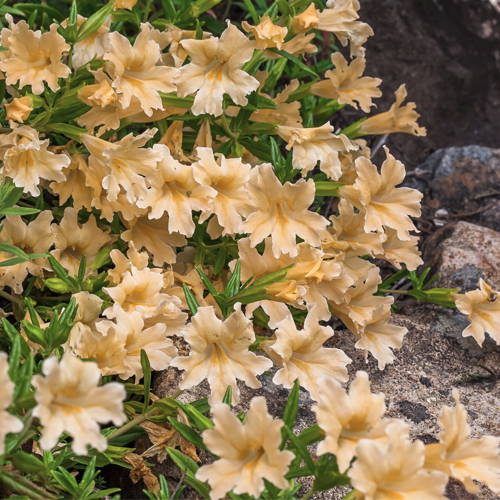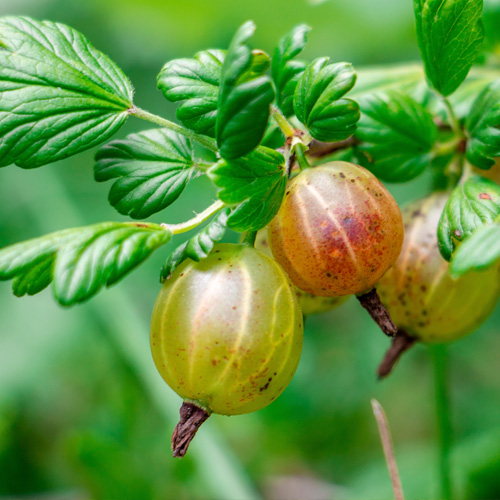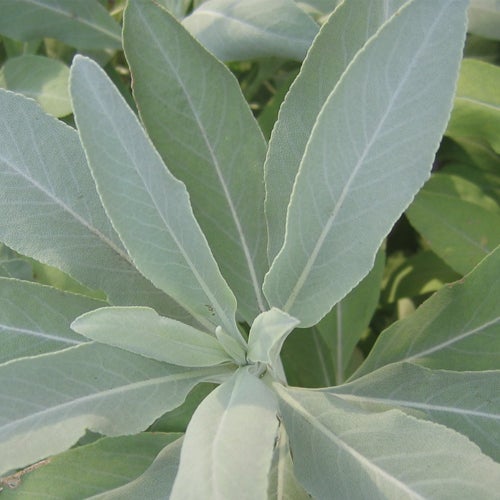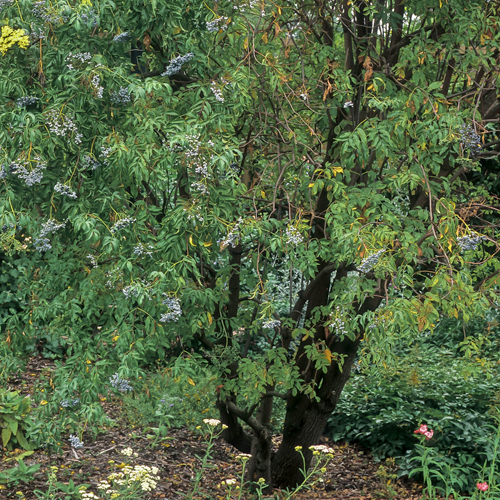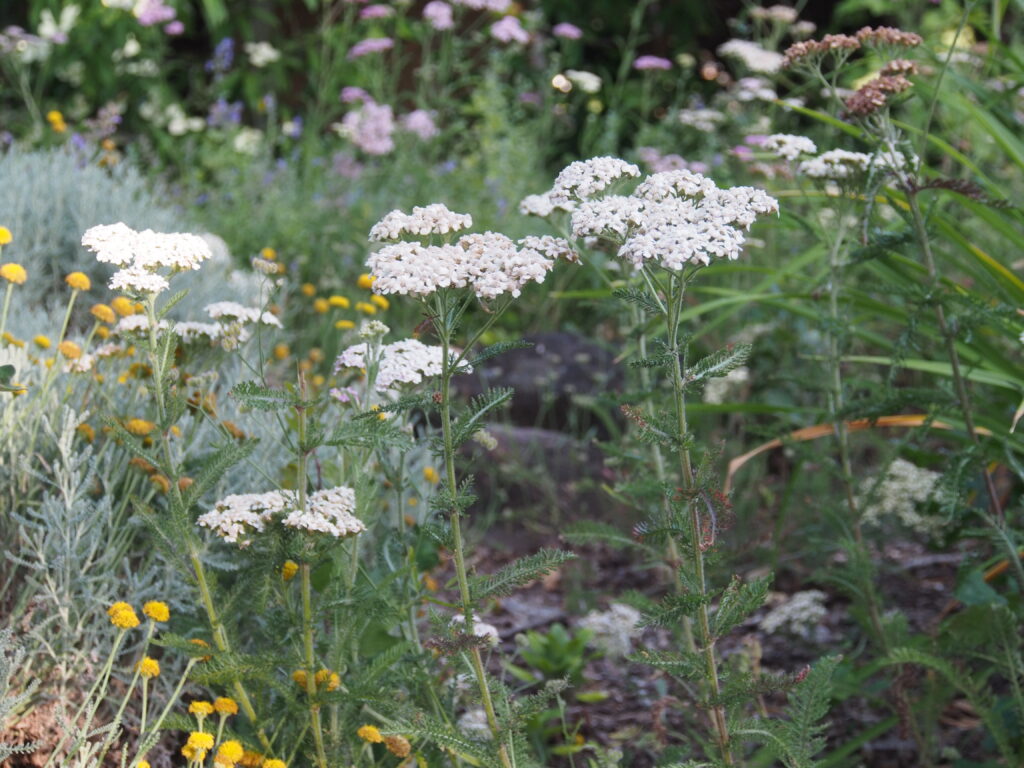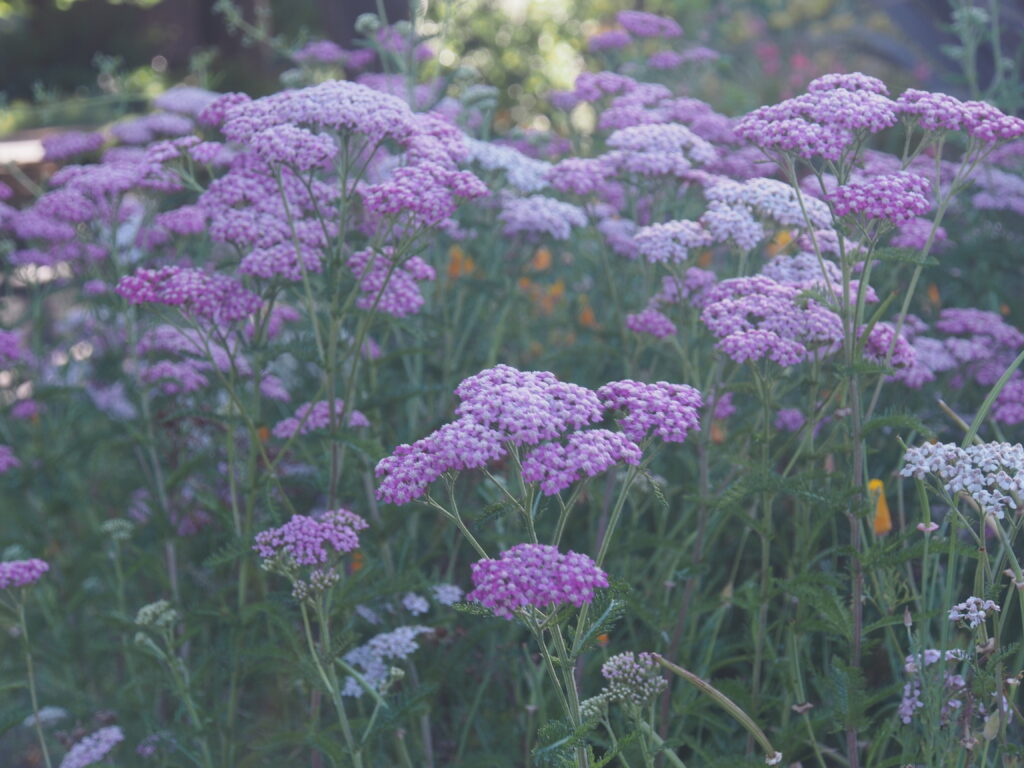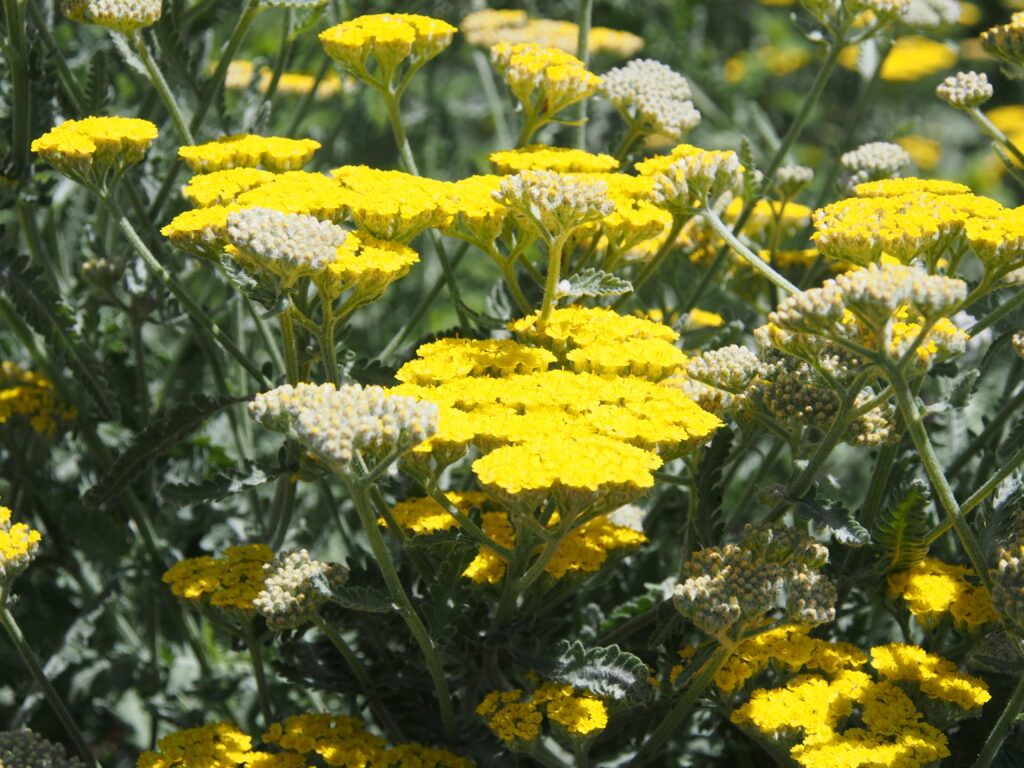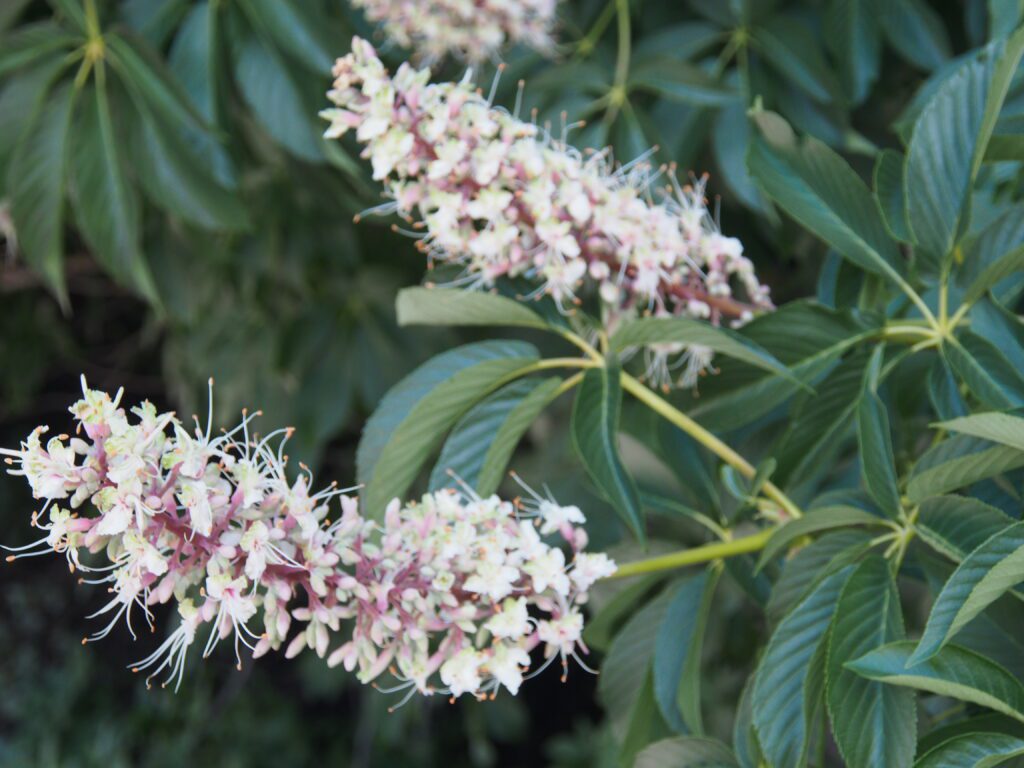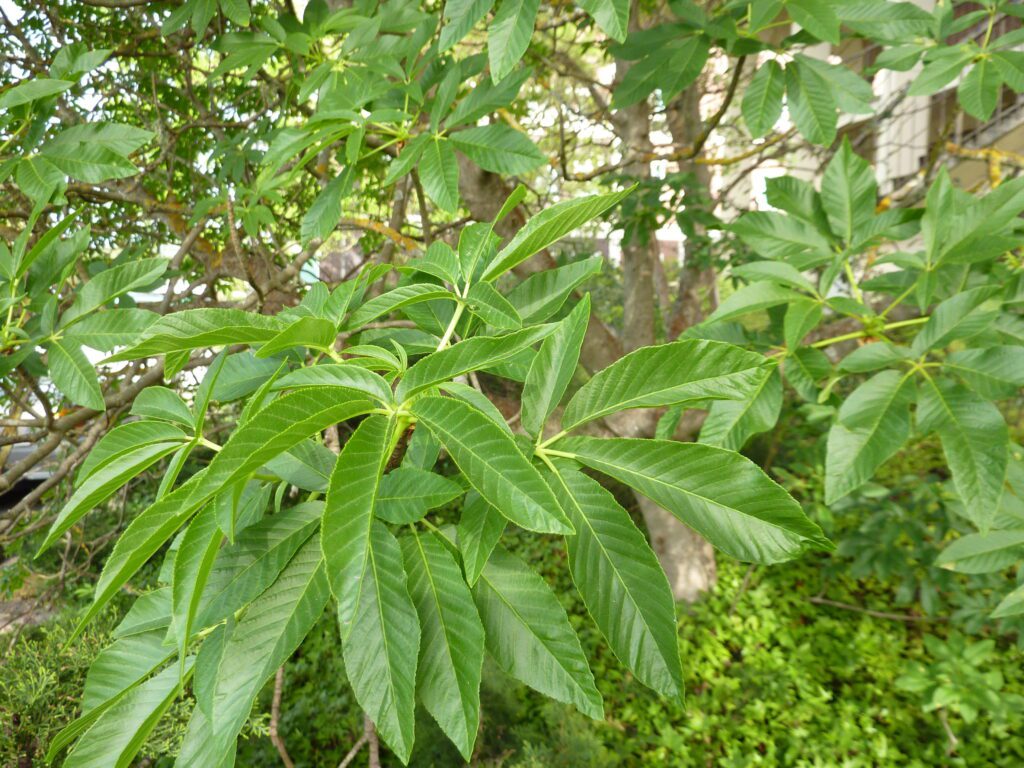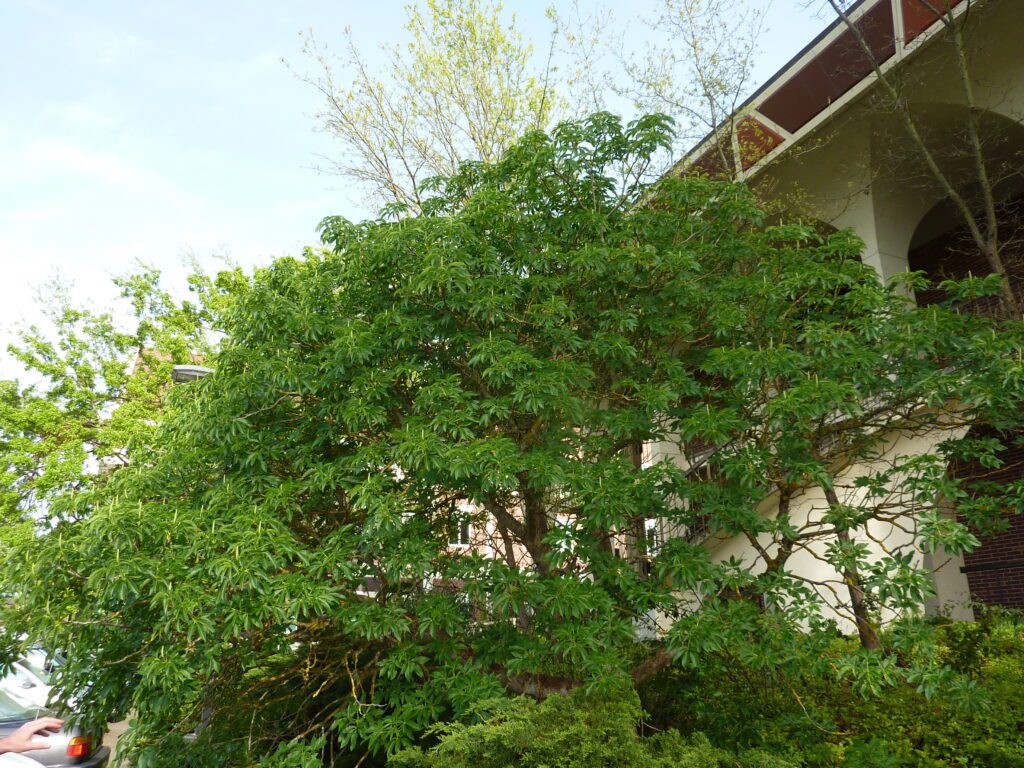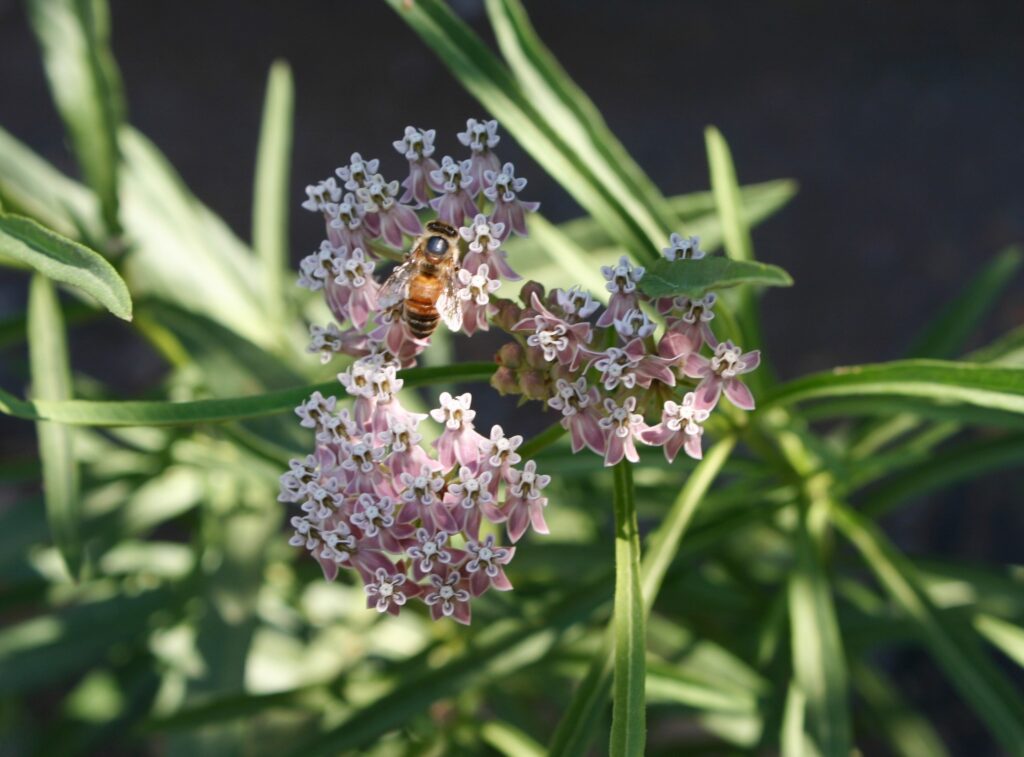Laguna Environmental Center Native Plant Demonstration Garden
BACK TO FULL TOUR
Garden Features
Drought Tolerant
California Natives
Drip Irrigation
Pesticide Free
Rainwater Harvesting System
Rain Garden
Reclaimed/Recycled Materials
Sheet Mulching
Lawn-Free Landscaping
Permeable Surfaces
Wildlife Habitat
Children's Play Area
Partner: Laguna Foundation
This garden is open from 10am – 2pm. They will have guided tours at 11am and 1pm.
Stop by the Laguna Environmental Center to check out our 2 acre native plant garden then peruse the new art exhibit in Heron Hall! We will also offer guided tours of our native plant nursery, though it will not be open for sales.
Conveniently located between Santa Rosa and Sebastopol, the Laguna Environmental Center is part of historic Stone Farm, a 112 acre property owned by the City of Santa and situated along Irwin Creek and the Laguna de Santa Rosa.
After construction of Heron Hall was completed in 2012, staff and volunteers started working right away to develop the landscaping. The site was a former cow pasture so our goal was to improve an area which was predominately annual grasses with all native plants. We wanted to create a demonstration garden to educate our community about the benefits of planting with native species to create healthy wildlife habitat.
Over the last 12 years, the landscaping was installed by volunteers and continues to be maintained and improved by volunteers. The site now includes native wildflowers, grasses, sedges, trees, shrubs, and herbaceous plants, as well as a native plant nursery. Some of the plants were grown in our shared nursery and were propagated from seeds specifically collected within our watershed. The site also includes a living willow tunnel for children, a wetland demonstration pond and swale fed by rainwater roof catchment, and an observation deck for bird watching or just taking in the scenic vistas.
The native plant landscape focuses on riparian, wetland and upland species of the Laguna de Santa Rosa watershed. From basket sedge to box elder trees, there are many beautiful species here that you don’t usually see in native plant home gardens. The Laguna Environmental Center Garden includes many favorites like valley oak, California poppy, yarrow, currant and elderberry, plus creative use of willow, and hedgerows of coffeeberry and toyon.
We hope you will be inspired by your experience here to add more native plants to your home landscape, for your own enjoyment and for the increased food and shelter they will provide to birds, butterflies, reptiles, amphibians and mammals for years to come.
PLUS: Meet local experts and learn more about sustainability! We’re excited to welcome three fantastic organizations that will be hosting outreach tables during the event:
- California Native Plant Society – Milo Baker Chapter – https://chapters.cnps.org/milobaker/
- Santa Rosa Plain Groundwater Sustainability Agency (GSA) – https://santarosaplaingroundwater.org/
- UC Master Gardeners of Sonoma County – https://ucanr.edu/site/uc-master-gardener-program-sonoma-county
Special Events
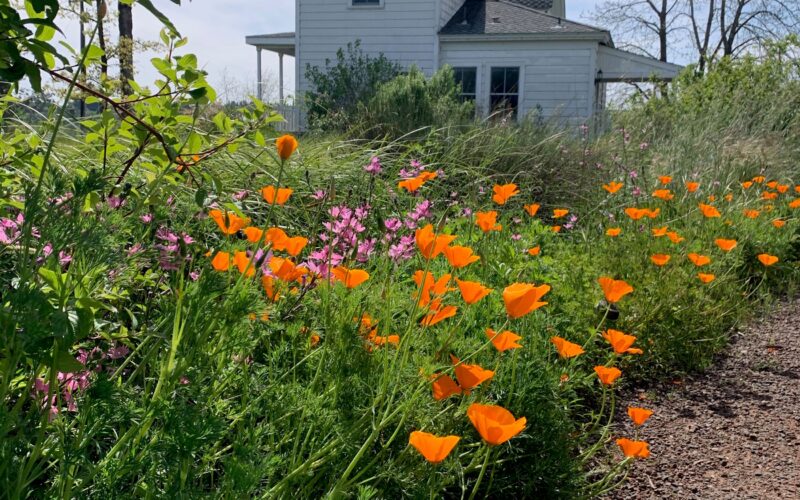
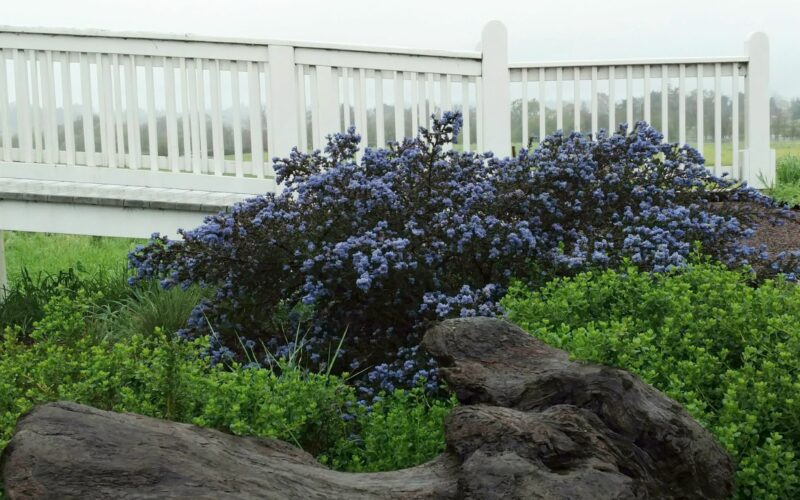
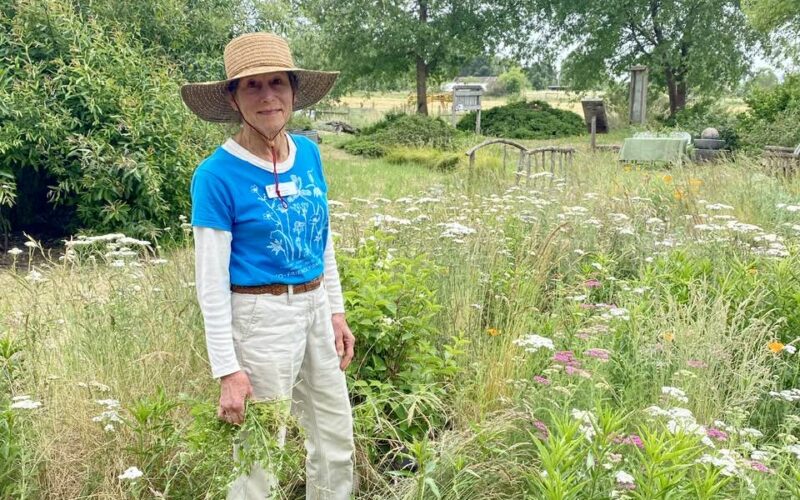
Plants in this Garden
Favorite Plants
Foothill Penstemon
Penstemon heterophyllus – cultivars like ‘GMR White’
Red-flowered Buckwheat
Eriogonum grande var. rubescens
California Fescue
Festuca californica
Bee's Bliss Sage
Salvia ‘Bee’s Bliss’
Checker Bloom
Sidalcea malviflora
Favorite Garden Suppliers
CNPS Milo Baker Chapter
900 Sanford Road Santa Rosa
Cal Flora Nursery
2990 Somers Street Fulton
Las Pilitas Nursery
2990 Somers Street Fulton
Recommended Resources
Calscape
Calscape offers a database of plants native to California, along with details on their characteristics and habitat requirements. Additionally, it aims to promote the use of native plants in landscaping to support biodiversity and to conserve water.Calflora.org
Calflora provides a platform for discovering information about California's wild plant life, including both native species and weeds.Gardening Tips
Be Patient!
“The first year they sleep, the second year they creep and the third year they leap!” This adage is especially true for CA native perennials.
Plant CA natives in the Fall.
It’s best to plant right before or during winter rains so they have time to establish before the summer heat.
Wood Chips
Use wood chips around plants to help retain soil moisture, suppress weeds and give a finished look.
